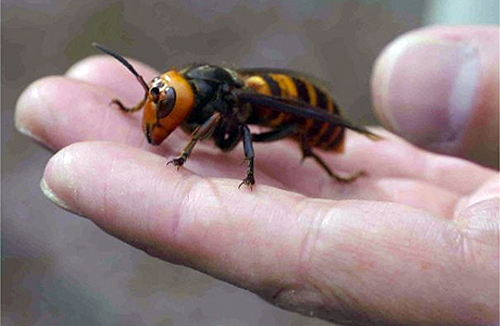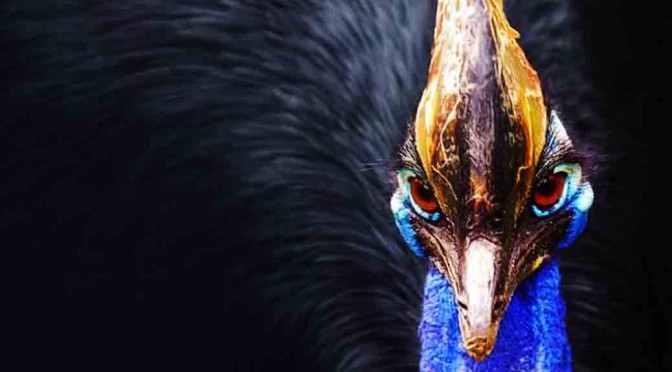I’ve been chided several times for taking a call while filling up my vehicle at a petrol pump. All these times I’ve felt bad for going against the clearly displayed signs which say “no cellphones”. Unfortunately, phones today have become our extended arms, we are not always aware when we click the green button on them (touch the green button these days). When I do, I usually run out of the gas station to save my life. Do you know why?
Widely circulated chain messages
Well, the displayed signs at the gas station have coded it in me to keep the cellphone away. They clearly tell you to keep your phones away. But, it is mostly because I’ve received about a 100 chain messages telling me this (please don’t pass it on):
*** PASS THIS ON TO ALL YOUR FAMILY AND FRIENDS ***
Mobile phones an explosive risk at gas stations. Switch off your mobile phone while filling your car. This is the latest advice for mobile phone users and gas station attendants alike from the Chinese Petroleum Corp. (CPC), which has recently informed all its affiliates to be on alert for people chatting on mobiles while pumping gas, a practice it asserts can cause explosions. “There have been several explosions in Southeast Asia and Europe and we hope similar tragedies can be avoided in Taiwan,” said David Tung from CPC’s main engineering division….
But is it really that dangerous to use a phone in the gas station? Even if TOI tell me it is, I decided to find out.
Most end up simply believing these messages, especially when they [the messages] are strengthened by videos like these: [Video 1] [Video 2]. The truck video doesn’t show where exactly the cellphone came from. Like a comment under the video points out, he could have been using a lighter to see the level of petrol (this couldn’t be true either).
But, let me tell you, not all videos on the internet are real. For example see these: [Video 1] [Video 2] [Video 3].
Cellphone ‘Radiation’: According to one of these videos, radiation from a couple of cellphones has enough energy to pop popcorn. This is pure BS. To counter that, I’ll tell you it takes my microwave 2 minute 45 seconds at full power to pop a bowl of popcorn. If cell phones could do that, well, great. We would need no microwave ovens anymore. Still, it is up to you, you could go ahead and believe that if you want to…
Still, what if a spark coming off from the battery of a cellphone could cause petrol to set on fire?
No, it won’t. A car’s ignition spark could do that as well. Moreover, sparks in cellphone batteries are extremely rare events as compared to Ignition sparks, that happen thousands of times at every gas station everyday.
Also, some sources say that it needs a naked flame to set petrol fumes on fire. Even a lit cigarette isn’t capable to set petrol on fire. [Source]. But, I can’t confirm that. And I do not want to try to, by shooting a video of me doing that. Nor should you.
There is no credible evidence of an event where a cellphone has caused a blast in a gas station. Not even one!
Best way to stay safe
As far as science is concerned, it is highly unlikely that a cellphone could kill you at gas stations (but something else certainly can, read on to find out). I won’t tell you to go around talking on your cellphone when you are at a gas station. Your family members will sue me if you die. But, there is no point in taking the trouble to switch it off before you enter a gas station.
So, better avoid talking, even if you know nothing will go wrong because science tells you so. Not everything can be explained or substantiated by science. Also, don’t try to explain it to the authorities at the gas station. No one will believe you. They’ll make fun of you and call you mad – Like the Roman Catholic Church back then KNEW Galileo was a mad person.
In short, no one knows for sure if phones cause these fires or not.
What is the point of this article then?
There you go! The point is to inform you and tell you that there are some things that can actually kill you at a gas station; like something as harmless as your Nylon windcheater! I’ve attached a credible evidence below:
So, the signs at a gas station should probably say, “No nylon” instead.
[Read more]









